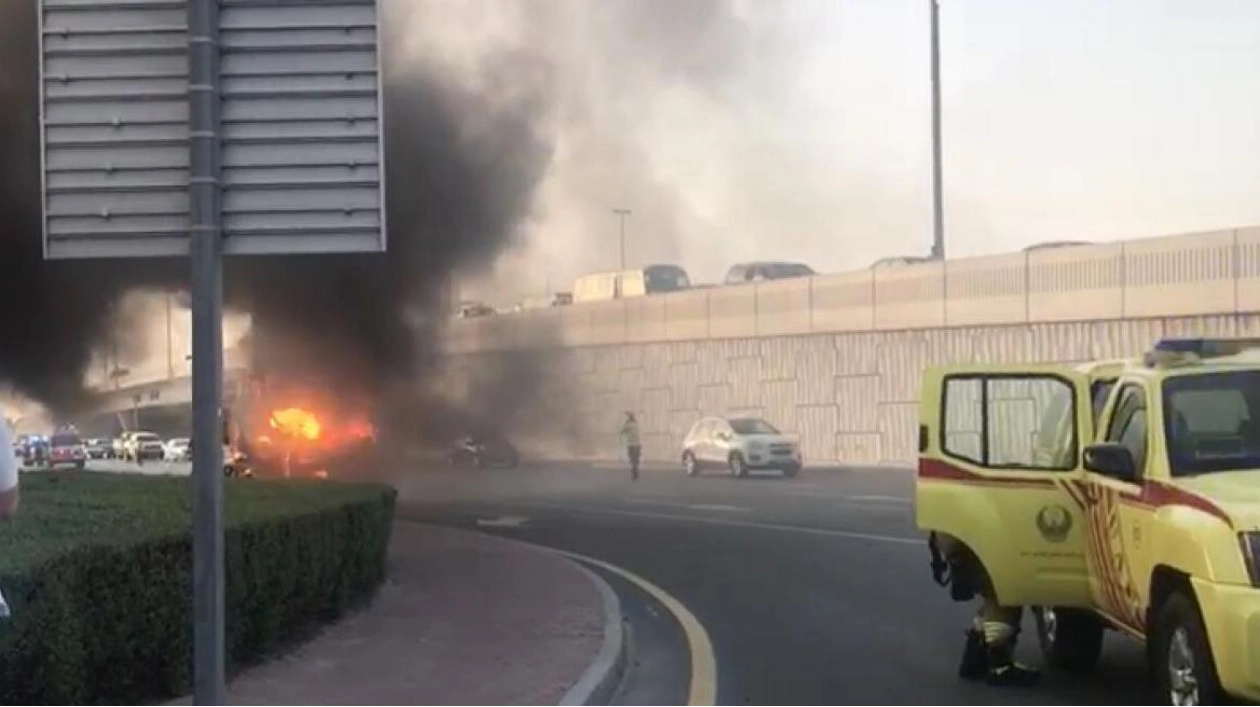Several instances of vehicles bursting into flames are being shared on social media as temperatures soar above 50 degrees Celsius. These incidents underscore the critical need for proactive steps to safeguard cars and motorcycles from the scorching heat. Fire and automotive experts persistently advise drivers to recognize the risks and adopt preventive measures that can drastically decrease the chances of spontaneous combustion. Sam Malins, Group CEO of Reaction Fire Suppression, emphasizes that poor maintenance is the primary cause of vehicle fires. He advises thorough vehicle servicing and checks before the summer peak, along with keeping up with manufacturer recalls. Regular vehicle maintenance and inspections are crucial, including monitoring water and oil levels, ensuring the fuel tank cap is tightly closed, avoiding smoking near a hot car, turning off the engine during refueling, and having a fire extinguisher and first aid kit on board.
Engine overheating is a frequent issue, especially in high temperatures, which can lead to fires. Sony Rajappan, a motoring expert, recommends having a mandatory fire extinguisher and considering an automatic fire suppression system for quick and effective fire control. Vehicle fires often start slowly, allowing occupants time to escape, except in collision scenarios. Motorists should also watch for fluid leaks, damaged hoses, and faulty wiring. In case of a fire, it is vital to stay calm, pull over safely, evacuate, turn off the ignition, and move away from the vehicle, alerting emergency services immediately.
Comprehensive insurance typically covers fire damage due to extreme heat, unlike basic third-party liability coverage. Anas Mistareehi, CEO of eSanad, explains that comprehensive insurance covers non-collision incidents like fire, theft, and natural disasters. Determining the cause of a car fire may require a detailed investigation by a loss adjuster, and coverage limits depend on individual policy terms and conditions.






